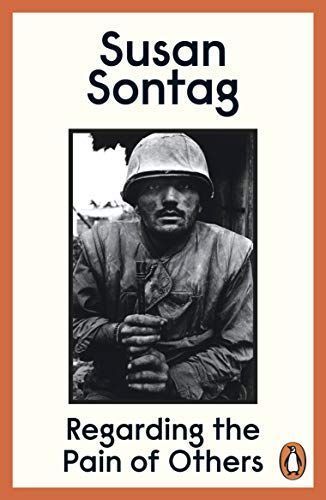
Regarding the Pain of Others
From Goya's Disasters of War to news footage and photographs of the conflicts in Vietnam, Rwanda and Bosnia, pictures have been blamed for inspiring dissent, fostering violence or instilling apathy in us, the viewers. Regarding the Pain of Others will alter our thinking not only about the uses and meanings of images, but about the nature of war, the limits of sympathy, and the obligations of conscience.
Reviews
Marion@mariorugu
kiahna@niaah
jess@visceralreverie
isa/bella@belb
Ana Hein@anahein99
Deyana@dawndeydusk
Ivan Zarea@ivaaan
Sloan, Kara@kayraw
baikalsturgeon@baikalsturgeon
Sophia Blomjous@sajblom
marlisa@marmalade
Esteban@iloveendorphins
mia sønderskov@miasoenderskov
Vaishali Batra@mellowandmelyn
armoni mayes@armonim1
Tins@onlyonepint
Q@qontfnns
Emma Bose@emmashanti
anastasia@w1tchoftrouble
drill@drillbit
Karolina Klermon-Williams@ofloveandart
Lai@heylaane
Laurent Hsia@laurent8118
Katie@katie_____ad
Highlights
Marion@mariorugu
Page 100
Marion@mariorugu
Marion@mariorugu
Marion@mariorugu
Marion@mariorugu
Marion@mariorugu